With purchasing directors on the frontlines of industrial tides changing course well in advance of official statistics, the PMI offers a valuable early warning. However, distilling myriad views into a single statistic demands interpretive context. Scores ranging from zero to 100 partition the spectrum of expansion versus contraction. Readings above signal prevailing conditions strengthening compared to the last period. Moreover, the degree higher or lower from the fulcrum pinpoints intensity.
The PMI is an important leading indicator that provides valuable insights into the state of the U.S. economy in general and the manufacturing sector in particular. While it tends to be occasionally overlooked, new investors should familiarize themselves with this key economic indicator. PMI readings can be volatile from month to month due to various factors such as seasonal variations, supply chain disruptions, or changes in market sentiment. PMI data can also be subject to revisions as more accurate information becomes available.
As a leading indicator deeply embedded within industrial operations, the PMI continues empowering more informed decision-making for key stakeholders worldwide. Participants spanning sectors as diverse as petroleum and coal products to printing and related support activities are encouraged to candidly assess business conditions from their vantage overseeing procurement chains. Strategically weighting responses by industry output value ensures captured intel mirrors dollars churning through America's industrial engine room. The PMI is based on surveys of purchasing managers from a relatively small sample of companies.
Procurement executives likewise heed the PMI for its portents of procurable demand on their immediate horizon. Suppliers and manufacturers rely on stable orders and pricing power to free forex trading for dummies pdf forecast inventories and payroll accurately. The PMI sheds light on customer volumes, fulfillment times, and purchasing trends, guiding supplier production schedules and quotes.
- ISM now uses only the acronym, PMI, due to ISM’s name change and concurrent move to broaden our reach into strategic supply management beyond the purchasing function.
- Participants spanning sectors as diverse as petroleum and coal products to printing and related support activities are encouraged to candidly assess business conditions from their vantage overseeing procurement chains.
- Since new orders provide the earliest read on demand trends, this PMI component is useful for assessing the health of the overall economy.
- Given its monthly frequency and timeliness, it provides forward-looking insight into areas like production, employment, and trade in between government reports.
Early insights are one of the primary advantages of referencing the purchasing managers' index, which lies in the early glimpses it provides into shifting economic tides. Through regularly surveying procurement managers monthly, fluctuations permeating industrial sectors surface weeks ahead of conventional data points. This presents analysts, policymakers, and enterprises valuable lead time optimizing strategies according to vast changes rippling outward.
Interpretation of the PMI
Falling employment points to declining optimism and a reluctance to expand payrolls. The production index measures changes in output levels at manufacturers and service providers compared to the previous month. Growth in production indicates companies are ramping up output to meet rising demand. Declining production suggests slowing demand is leading companies to cut back. New orders provide the earliest signal of demand changes, while production responds over subsequent months to align output with sales. Tracking the production index provides insights into how companies are responding to changing demand conditions.
Key Takeaways
The PMI is usually released on a monthly basis, offering up-to-date information about the economic activity in the manufacturing or services sector. This timeliness allows policymakers, analysts, and investors to quickly assess the current economic conditions. The Global PMI is an economic indicator that is derived from questionnaires sent to manufacturing and services companies in more than 40 different countries. The survey gets responses from roughly 28,000 global companies and represents 89% of global GDP. In Japan, the PMI survey is conducted by Jibun Bank in partnership with IHS Markit. Jibun Bank is a retail bank established in 2008 as a joint venture between Bank of Tokyo-Mitsubishi UFJ and KDDI Corporation.
The new orders index is based on the question, "Is new business coming in better or worse than last month? The new orders index reflects the demand side of the economy and provides an early indication of expansions or contractions. High new order growth signals rising demand from consumers and businesses. This typically translates into higher production to meet the incoming orders. Naturally, qualitative research leaves room for sentiment fluctuations disconnected from underlying fundamentals. Additionally, the production sector represents just one slice of total output.
Formula and Calculation of the Purchasing Managers’ Index (PMI)
Conversely, weak new orders alongside rising inventories suggest overproduction relative to demand. Companies are able to cut back on output in response, signaling a potential economic contraction. By tracking inventory trends, purchasing managers gauge shifts in aggregate https://www.forex-world.net/software-development/what-is-sdlc-understand-the-software-development/ supply and demand. Essentially, it gauges the pulse of the manufacturing sector from the perspective of materials managers. The genesis of the PMI lies in the need for timely indicators of economic conditions between the months when official government data is released.
Calculation of the PMI
Prior to September 1, 2001, the acronym (PMI) stood for Purchasing Managers’ Index. ISM now uses only the acronym, PMI, due to ISM’s name change and concurrent move to broaden our reach into strategic supply management beyond the purchasing function. A PMI index over 50 represents growth or expansion within the manufacturing sector of https://www.topforexnews.org/investing/investing-in-spac-stocks-carries-risks-here-s-what/ the economy compared with the prior month. A reading under 50 represents contraction, and a reading at 50 indicates an equal balance between manufacturers reporting advances and declines in their business. The report monitors activity in production, new orders, supplier deliveries, inventory, employment, prices, exports and imports.
Borrowers have to pay an upfront fee, typically 1-2% of the loan amount, to purchase private mortgage insurance. This increases closing costs and makes it more expensive to get a mortgage, especially for borrowers with less than a 20% down payment who are required to have PMI. PMI also results in higher monthly payments since the premiums are included in the mortgage payment. This increases the borrower's debt-to-income ratio and makes it harder to qualify for the loan.



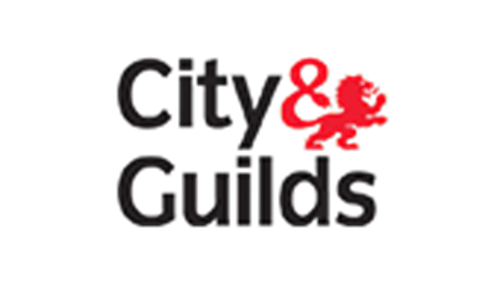



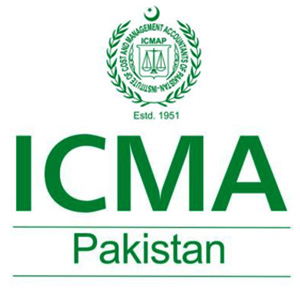





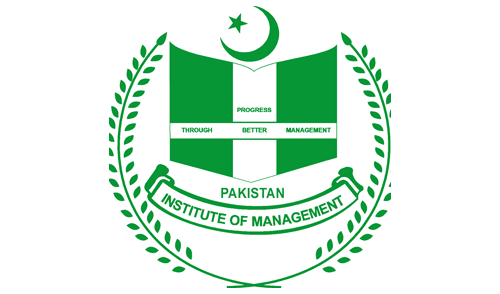



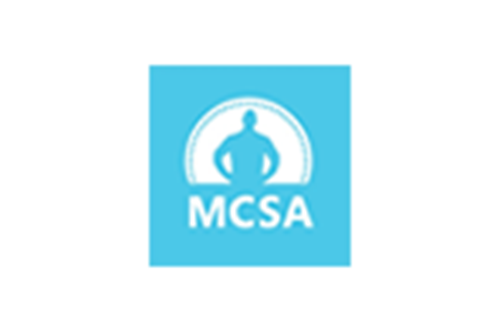
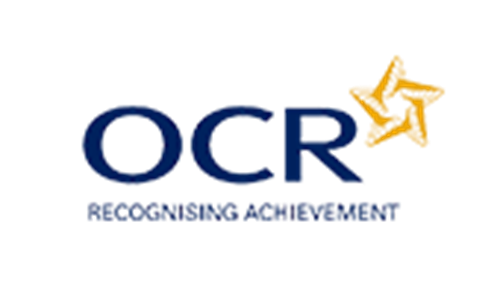
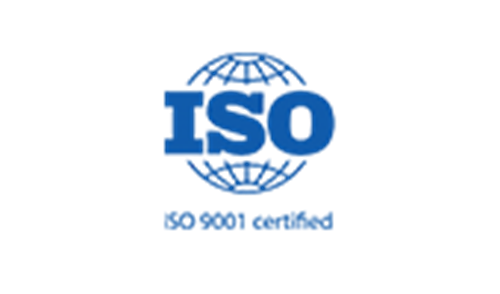
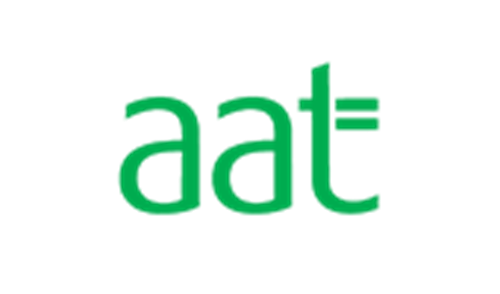
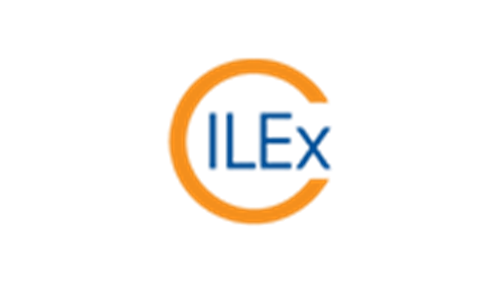
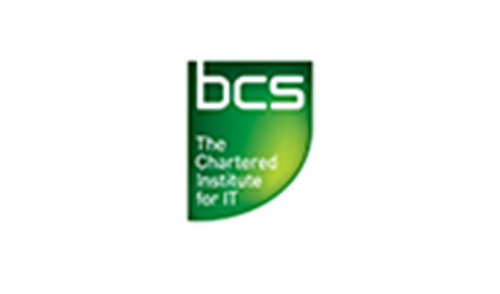

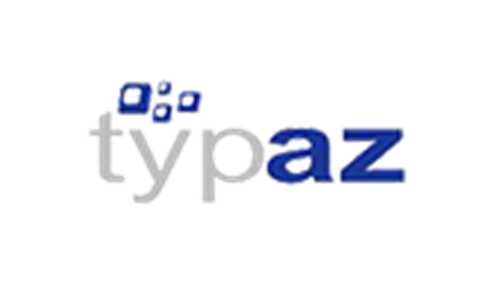
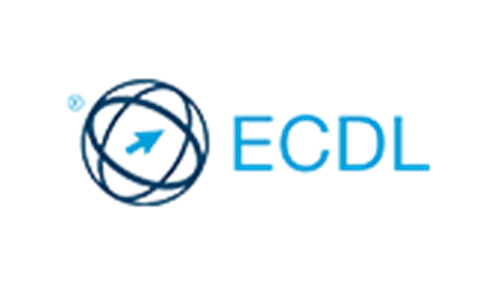
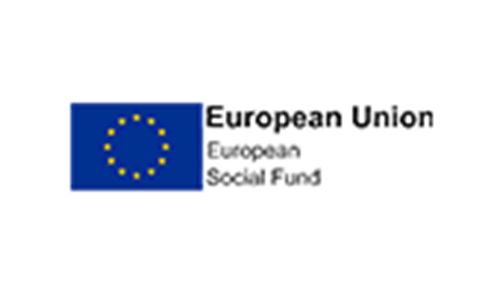



 WhatsApp
WhatsApp